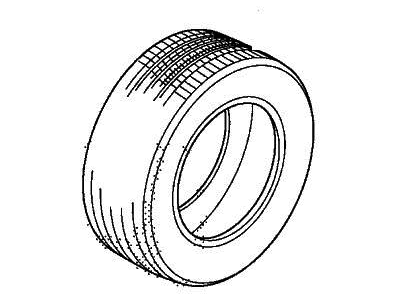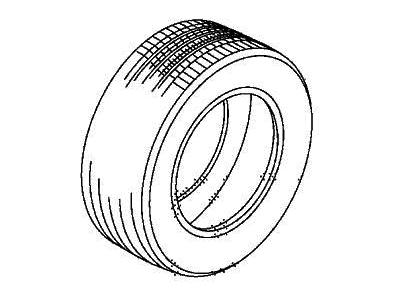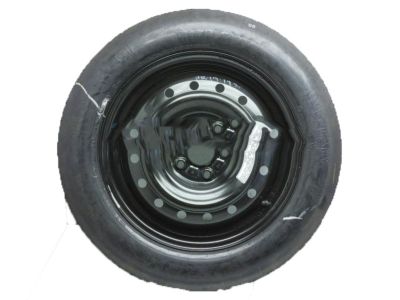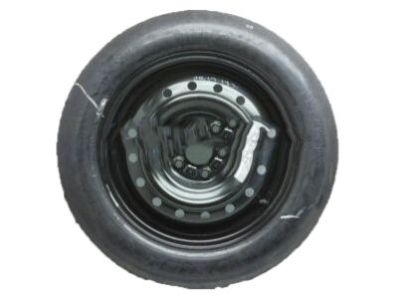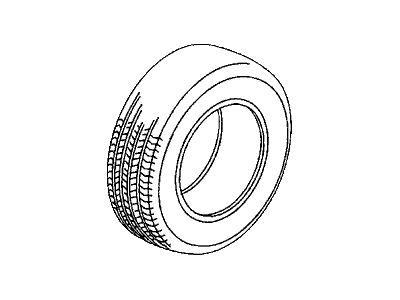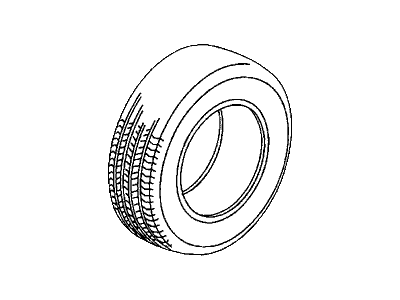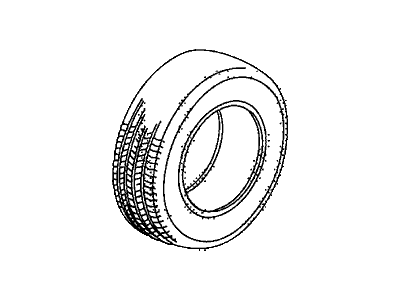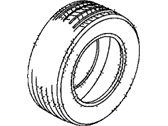×
- Live Chat
- 1-888-984-2011

My Garage
My Account
Cart
Genuine Honda CR-V Tire
Spare Tire- Select Vehicle by Model
- Select Vehicle by VIN
Select Vehicle by Model
orMake
Model
Year
Select Vehicle by VIN
For the most accurate results, select vehicle by your VIN (Vehicle Identification Number).
32 Tires found
| Page 1 of 2 |Next >
1-20 of 32 Results
Honda CR-V Tire
In search of affordable OEM Honda CR-V Tire? Consider browsing through our extensive inventory of genuine Honda CR-V Tire. Not only do we provide market-leading prices and a manufacturer's warranty, but we also pride ourselves on exceptional customer service and swift delivery.
Honda CR-V Tire Parts Questions & Experts Answers
- Q: What Should Be Checked When Replacing Tires and Wheels on Honda CR-V?A: Check tire pressure monthly or before long trips, and replace wheels if they're damaged, leak air, or have loose lug nuts. Tire and wheel balance, crucial for vehicle handling and performance, should be maintained by a professional shop. Vehicles are fitted with metric-sized radial tires, and it's advised to replace tires in pairs on the same axle. If replacing one tire, ensure it matches the other in size, structure, and tread.
- Q: What are the procedures for rotating tires and checking brakes on the Honda CR-V?A: Rotate tires at specified intervals or when uneven wear is noticed. Check brakes during this process. Radial tires require a specific rotation pattern, with directional tires having arrows on the sidewall indicating rotation direction. Do not rotate left and right side tires to the other side. When raising the vehicle, don't apply the parking brake, but block the tires. Ideally, raise the entire vehicle at once using a hoist or jackstands under the frame rails. After rotation, adjust tire pressures and check lug nut tightness, rechecking after 25 miles.
- Q: Why is periodic inspection of Honda CR-V tires crucial?A: If the tires are regularly inspected, then flat tires can be avoided and problems with steering and suspension can be detected. In case of wearing out, the bands on the tires become visible while tread wear could be observed using a cheap tool that checks tread depth. Alignment or balancing issues may be indicated by unusual wear patterns. There may also be cuts, punctures, or foreign objects embedded in them; which can be verified by applying soapy water. Also, check for any fluid leaking from brakes on the inside of each tire. To make tires last longer, enhance mileage and improve ride quality, make sure they have correct pressure which you can verify with a gauge when cold; and ensure that your spare is properly inflated too.
